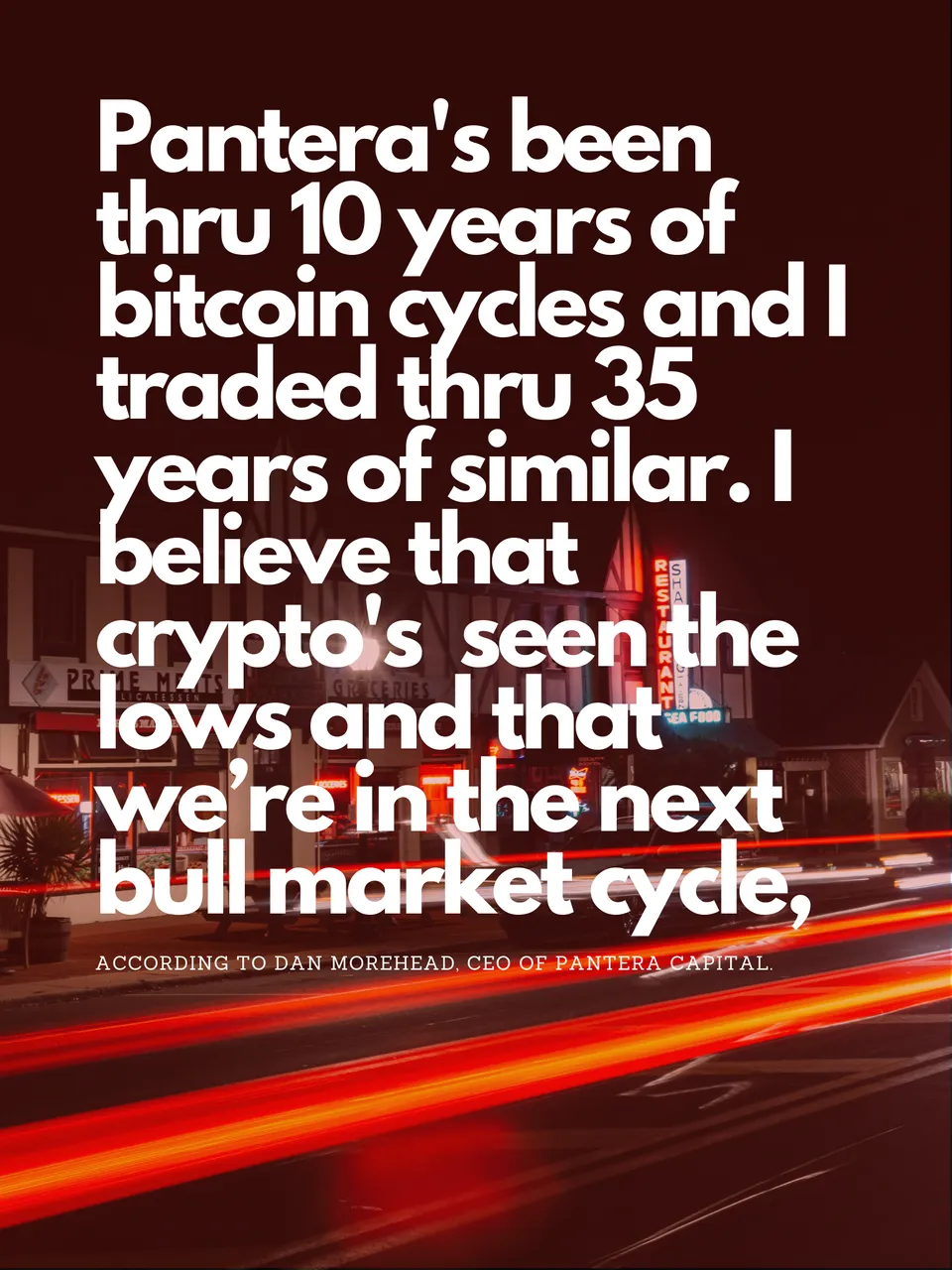Chapter 1 | Chapter 2 | Chapter 3
In the third chapter of notes, I define the second stage of market activity, markup, by its characteristics. In the previous chapter, we learned that the psychology of market participants play a role. Now, we look at the stages individually, continuing with markup.

How It Begins
The second stage starts as the previous stage of accumulation absorbed sources of supply, while new buyers compete to own a limited number remaining.
When the stock clears the highs of stage one and establishes a higher high, the buyers are firmly in control of the stock.
Visually, the higher highs and higher lows form a pattern similar to a staircase.
Within the stage, substages occur. These indicators are signals to stay alert for, to combat irrational exuberance.
Steps on the "Stairway to Heaven"
The initial move boasts the largest volume the asset has experienced in months. The greater the volume, the greater the conviction of the buyers. The longer it took to complete the accumulation, the greater the sealed energy and probability of continued price appreciation.
An important note Brian Shannon makes follows. Remember that the market is a discounting mechanism; news often follows a trend.
Early in the second stage, moves upwards aren't challenged for a specific reason. Supply and demand. "Strong holders" require strong incentives, in this case, higher prices. They've accumulated much during the first stage and aren't willing to part with their assets just yet.
Shannon's emphasis that the environment becomes one in which assets move with ease makes an important observation.
The very definition of an uptrend - higher highs and higher lows - tells us that the best opportunities for profits in an uptrend come from trading in the direction of the trend.
The simple strategy is to trade in the direction of the uptrend, which some point out, is moving up.
Another important note Shannon makes follows.
A trend once established, is more likely to continue than it is to reverse.

Enlightenment on Emotions
While one often recognizes greed in the psychology of market participants during an uptrend, many underestimate the role of fear.
For example, the fear of missing out on a big move higher is a common mental phenomenon in an uptrend, observes Shannon. "The sheep" feel encouraged to 'graze' in the market following a short-term rally, often just as a short-term correction occurs.
Another note I feel worth mentioning involves the recognition of mistakes. Not understanding the oversight and fixing it makes for bad practice in trading. Self-serving behavior simply undoes the efforts the discipline and rules set in place. The imperative for strategy is greatest during an uptrend, as exuberance unwinds many carefully laid plans.
Amateurs tend to ride high alongside the strong momentum rallies. Professionals play closer to the ground, to observe any signs of weakening in the trends. As a result, amateurs often have their dreams shattered and their unrealized profits immaterialized, while pros, checking their emotions, survive the inevitable end of a trend with more profits in tow.
Typically an uptrend can persist when the stock experiences rallies on increasing volume and diminishing volume on the pullbacks.
Signaled by Stages
Corrections in an uptrend are bullish, normal and necessary for longer-term trends to continue. Amateurs often prefer long uninterrupted climbs higher. Professionals, by contrast, welcome regular increases marked by a decrease- two steps forward, one step back.
News follows a trend, so the headlines and fundamental analysis aren't relevant as it relates to trending trends.
A trend, Shannon considers broken when an asset gaps lower by five percent or more.

Late Stage Markup
As momentum slows, it holds that upward price trends might slow as well. However, by this stage, fear and greed grip the hearts of traders. Commonly, prices fly past all measure of evaluation, but a few details mark the nearing end of the stage.
The further a stock travels from a valid level of support the riskier purchases are regardless of how mature the trend.
Lock in profits before they are taken from you. Negligence may lead to your demise.
When pullbacks fail to bounce back quickly, it can signal a change in the tone of the auction process, particularly if the sell-off came with increased volume.
The large risk of failure must be respected. The crossing of moving averages indicates trend confusion among various timeframe players. Read how it suggest the next stage, distribution, next week.
Post Summary
- The markup stage begins when new buyers compete to own a limited number of stocks remaining after the accumulation period.
- The pattern of higher highs and lows within the stage forms a staircase. There are substages to watch out for to avoid getting carried away.
- The best opportunities for profits in an uptrend come from trading in the direction of the trend.
- Trends are more likely to continue than to reverse.